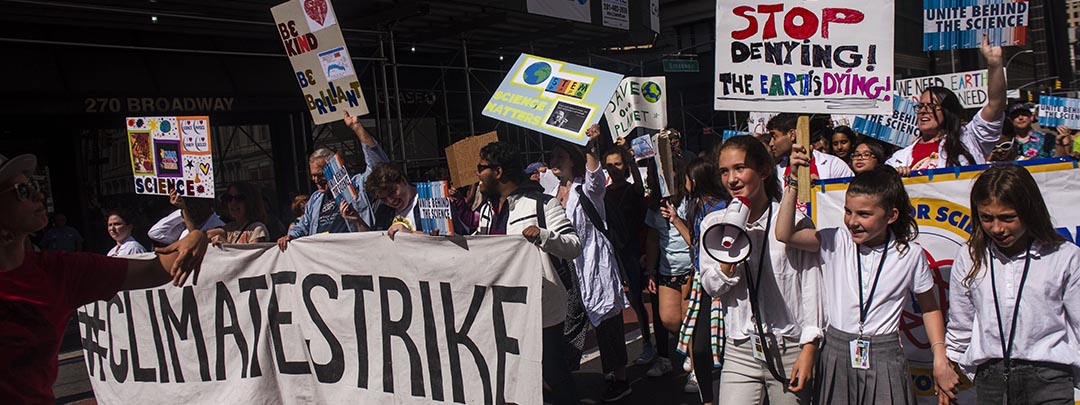Nepal: Centring Women’s Knowledge and Leadership in Nepal’s Climate Response
Jun 5, 2025
|
Manjeeta Gurung
UN Women Asia and the Pacific
View Original
Indira Dhital, a local woman leader from Kavre, central Nepal, recently recited this poem at the culmination of a UN Women project focused on building women’s climate and disaster resilience by strengthening climate smart villages. It captures Nepal’s erratic climate reality, where disaster is no longer a distant threat, but a recurring part of life. Nepal’s vulnerability to climate change is deeply intertwined with both its fragile geography and persistent social inequalities. Women, especially those in rural and Indigenous communities, depend heavily on natural resources for their livelihoods and daily survival. As rising temperatures, erratic rainfall and environmental degradation intensify, so too do the burdens they carry.
In September last year, record-breaking rains caused the Bagmati River to overflow, inundating parts of Kathmandu, the capital of Nepal. At the same time, heavy floods and landslides swept through multiple districts across Nepal, damaging homes, agricultural lands and vital infrastructure.
“When the landslide hit last September, it polluted our water source and washed away all the taps and pipes. For nearly three months, we had no clean drinking water,” recalls Purnima Shrestha, local women group’s facilitator and resident from Kavre.
